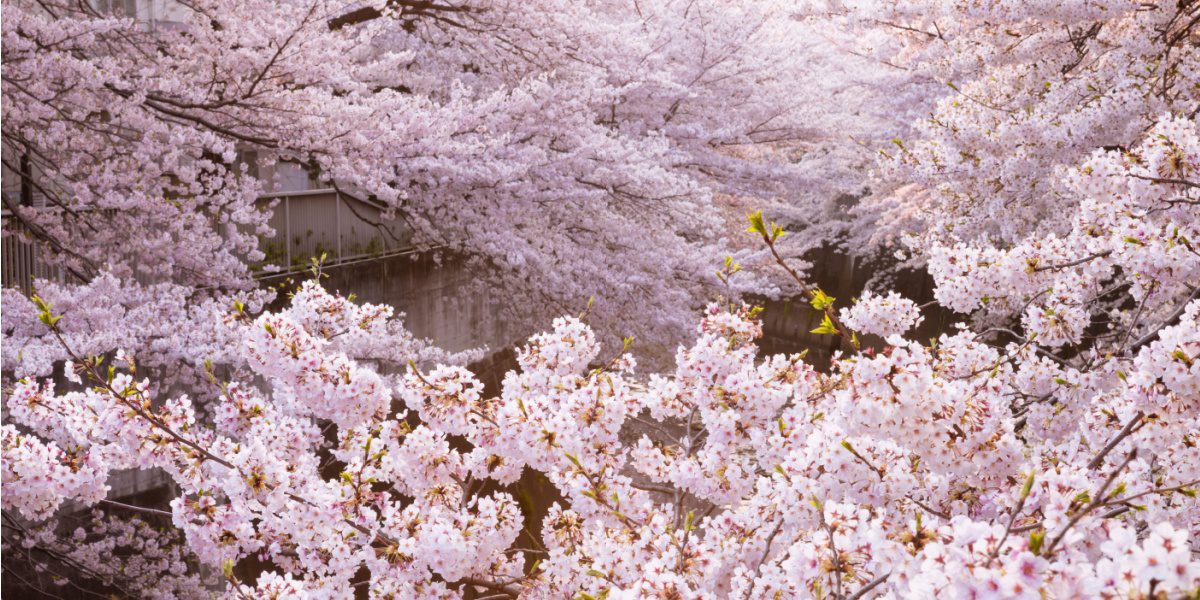While trick-or-treating and pumpkin carving are wholesome and familiar activities that Western countries typically partake in during the spooky season, there are tons of other unique cultural ways in which Halloween is celebrated around the world. Read on to find out how Halloween is traditionally commemorated in a range of countries!
Día de los Muertos, Mexico
The Mexican Día de los Muertos festival, which translates to ‘Day of the Dead’, is famous around the world for its vibrant colours and eerie makeup and costumes. This celebration typically takes place on the streets of Mexico along with other public places, making it a notoriously social holiday. Día de los Muertos is derived from the Aztecs and links to the belief that upon death, loved ones will have overcome eight challenging levels before reaching their final resting place. On this holiday, Mexican families will typically leave offerings of food and water on their doorsteps, in their homes or on the streets for their deceased loved ones who are thought to return to earth on the 1st and 2nd of November. In order to celebrate this holiday, citizens typically paint their faces to look like skulls and wear traditional clothing to honour those who have passed before them.
To read more about the history behind Día de los Muertos, visit this link.

Samhain, Ireland and Scotland
Samhain is a Gaelic word and is the name of a traditionally Celtic celebration that marks the transition into the ‘dark half of the year’. This tradition begins on the 31st of October and ends on the 1st of November, based on the thought that for one night the spirit world intertwines with the mortal world and allows spirits and ghosts to merge with humankind. Some believe that this sacred day also opens a portal to some mythical creatures like fairies and goblins, allowing them to pass through on the 31st as well. Samhain actually initially developed the tradition of carving pumpkins and leaving them on your doorstep to deter these spirits and immortals from entering our homes. In Ireland, a Samhain parade takes place annually which is similar to the traditional Scottish Samhuinn Fire Festival.
To find more information about the Samhain and Samhuinn celebrations, click here.

Tutti i Santi, Italy
Also known as All Saints’ Day, Tutti i Santi is an Italian holiday which citizens often celebrate in conjunction with traditional trick-or-treating. Amongst other countries, the children of Italy celebrate Halloween in the same way that we do in the UK, by going door-to-door and collecting candy while dressed in spooky costumes. When celebrating Tutti i Santi, families also traditionally make cute and delicious bone-shaped biscuits called Ossi dei Morti, which translates to ‘bones of the dead’. Due to the biscuits’ density, many choose to eat them by dunking them in dessert wine to soften before consuming.
If you want to try and make Ossi dei Morti for yourself, visit this link to find out how!

Fèt Gede, Haiti
Haiti’s Fèt Gede celebration usually consists of citizens using makeup and clothing to dress up as traditional vodou spirits of death and walking the streets to show their respects. Fèt Gede takes place on the 1st and 2nd of November and encourages believers to eat and drink around the graves of their loved ones, in addition to parading through the streets and maybe becoming possessed by the dead… Due to the range of religions present in Haiti, not all citizens celebrate in this way, it is only those who believe in vodou that engage in this practice.
If you’re interested in finding out more information about Fèt Gede in Haiti and the vodou religion, click here.

Teng Chieh, China
While this festival is not entirely linked to Halloween, it does have some similarities. The Teng Chieh festival takes place on the 15th day of the seventh lunar month and often entails individuals collecting food and water and placing them on photographs of their ancestors as an offering, hence why the name of celebration translates to ‘Hungry Ghost Festival’. Following this, locals light and release paper lanterns to help guide their deceased loved ones through to the spirit world.
If you’d like to learn more about the Hungry Ghost Festival, visit this link.






